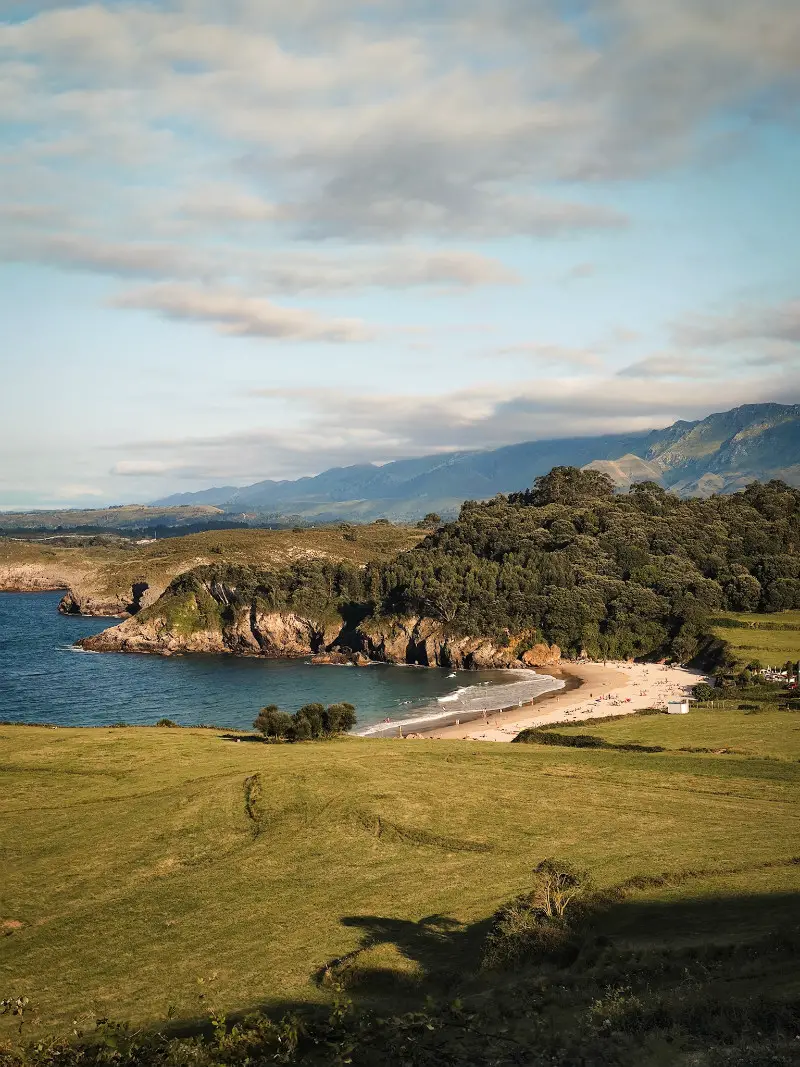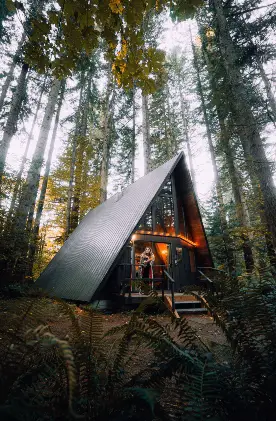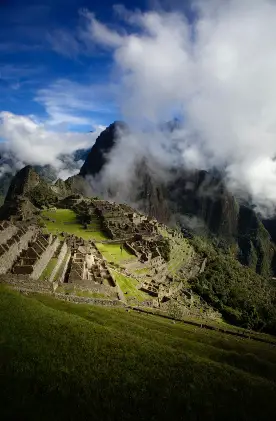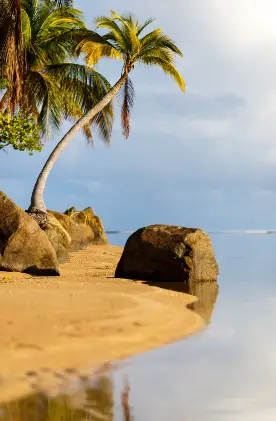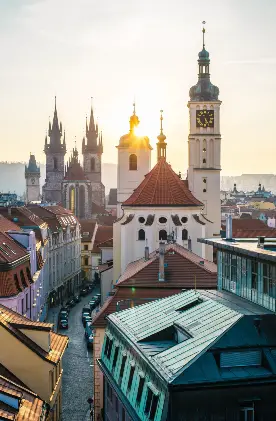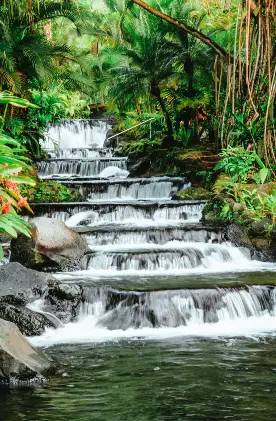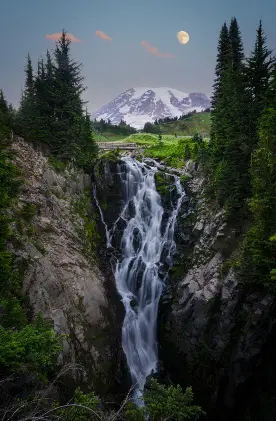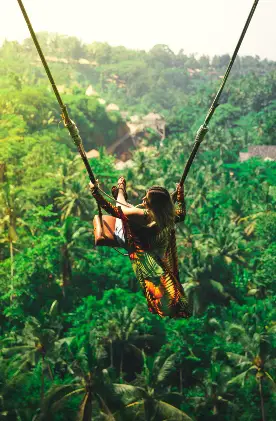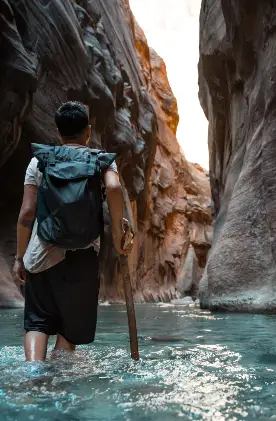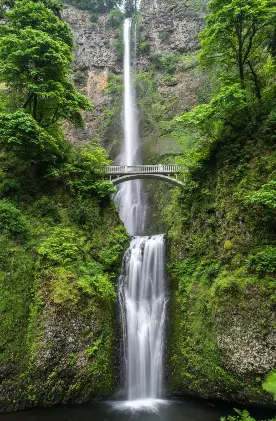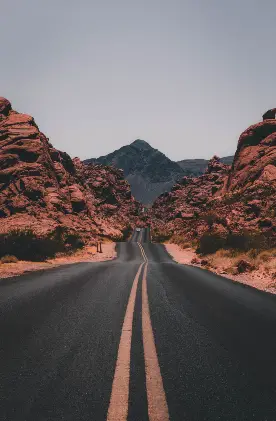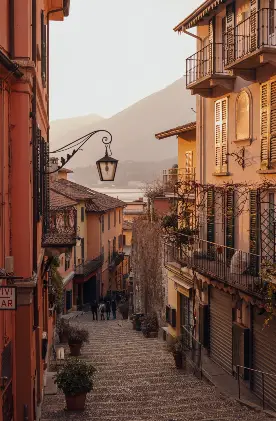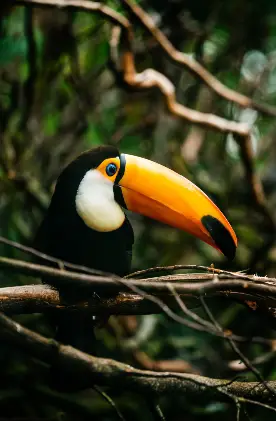I was born in Gijon which is a medium-sized city on the coast of Asturias in Spain. I’ve been living here for most of my 32 years. My love of nature and the outdoors began when I first picked up a surfboard at the age of 16. The search for good waves forced me and my friends to explore the coastline.
We found amazing beaches tucked behind mountains cascading to the sea and wide-open windswept sand dunes just waiting to be explored. A couple of years later (when I was totally lost on what to do next in life), I had the chance to try a reflex camera. I enjoyed it from the first click.
Suddenly, I had the power to capture my vision of the world. What’s better – people liked the photos I was taking. I was hooked from then onwards.

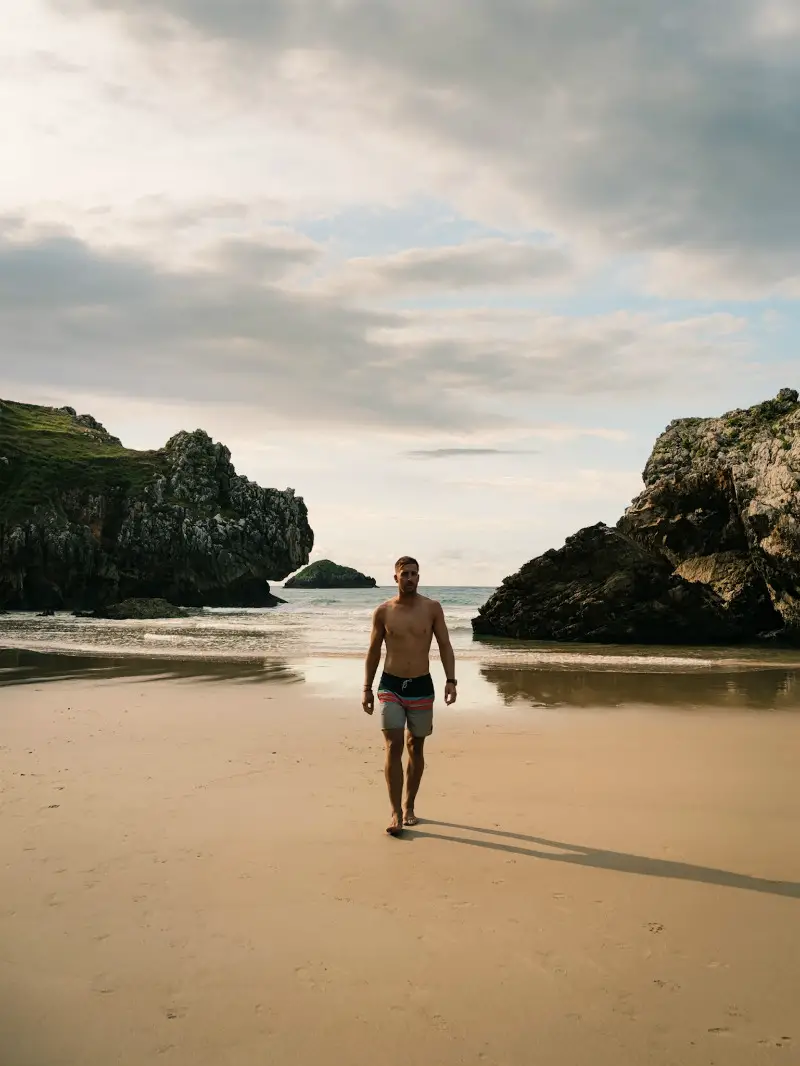
Why Visit Asturias in Northwest Spain
Asturias is off the beaten track. We’re not exactly inundated with tourists. Most visitors to Spain want guaranteed sun, beaches with turquoise waters, paella and fiesta – so they head to the Mediterranean or the south. This makes Asturias a quieter and more authentic region of Spain.
Sure, the weather is unpredictable but the rain is why we’re the garden of Spain and part of the Costa Verde. If you like adventures, the outdoor life and access to nature then this could be the perfect little paradise for you.
The thing I like most about Asturias is the fact that you can have all kinds of experiences in a very small place. You can hike a 6000-foot mountain in the morning, surf a wild beach in the afternoon and have dinner in a charming fishing village at night. The food and wine is as good as any place in Spain.
Cities are not too big and they all have “Casco Viejos” (Old Quarters) which reveal the history of the province. These towns were home to seafarers, fishermen and warriors who defended the towns from invaders.
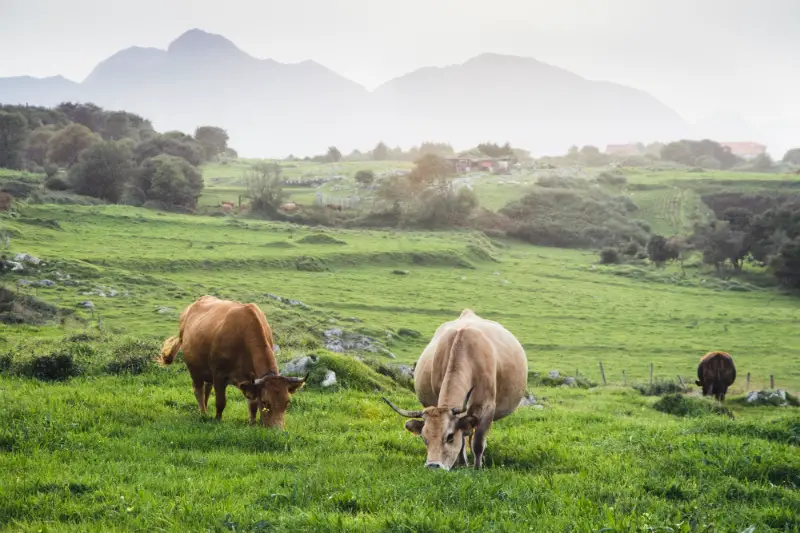
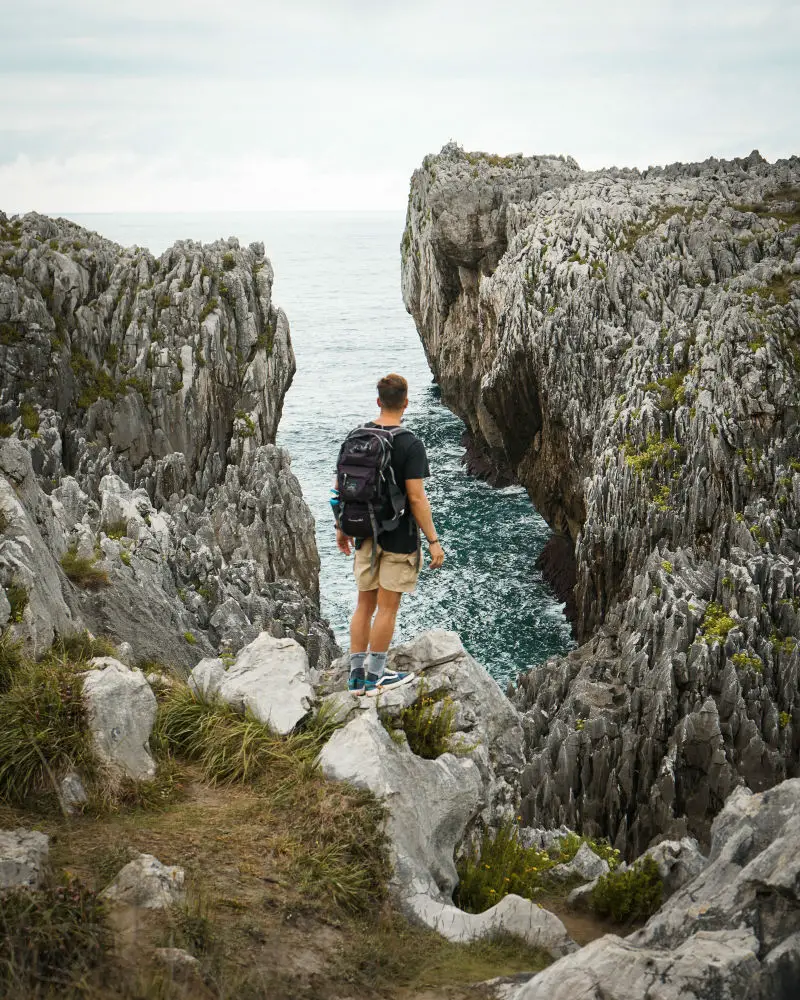
Unique People and Culture of Asturias
I think the people here are not the most naturally open people. Although, other Spaniards consider us to be kind, helpful and authentic. People might not invite you into their house on day one but they will definitely show you the beauty and culture of Asturias and soon you will be friends.
The culture differs to the rest of Spain quite a lot. This is especially true when comparing Asturias to the south. We have more in common with Ireland or Scotland than we do with Andalusia. There is a lot of mythology related to nature and also the remains of the Celtic culture.
In fact, the traditional instrument of this region is not the guitar but the bagpipes! This unique instrument heavily influences our music.
My Favourite Places in Asturias: Lagos de Covadonga & Playa de Xago
It would be difficult to choose just one favourite place as Asturias is full of places I love for one reason or another. Lagos de Covadonga has to be one of my favourite places. Just picture two beautiful lakes beneath big mountains which are surrounded by green fields where cows graze.
I remember going there as a child with my father and being impressed by the beauty of it. I am not surprised that now it is a very popular place. Playa de Xago is definitely another favourite spot. It’s a wide and wild beach.
Sometimes when I’m stressed, sad or bored – all I need to do is drive over with my surfboard, score some nice waves and enjoy the sunset from the sand dunes. Xago will always cheer you up and put you in a good mood.
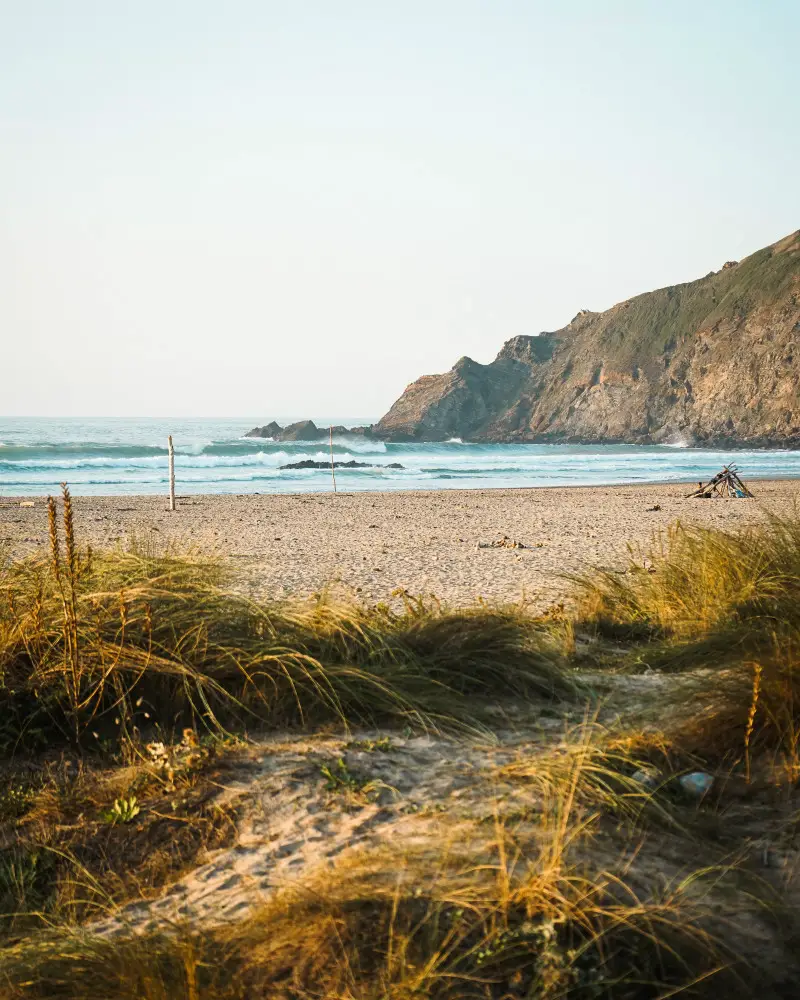
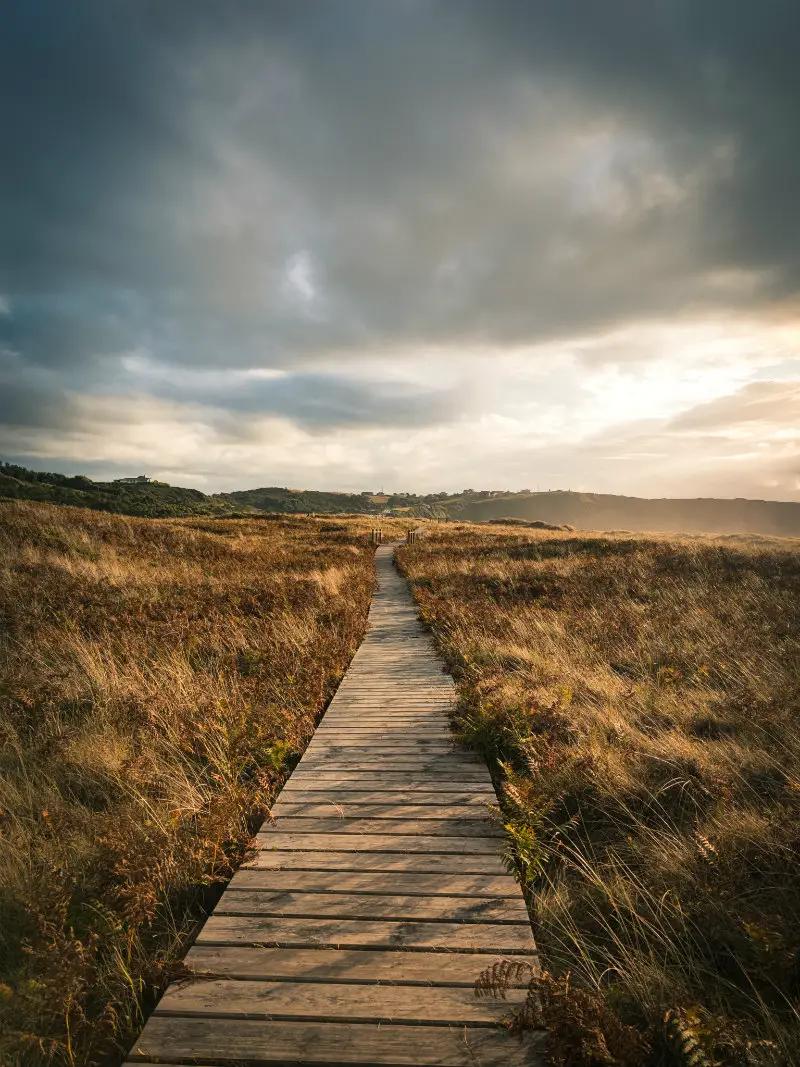
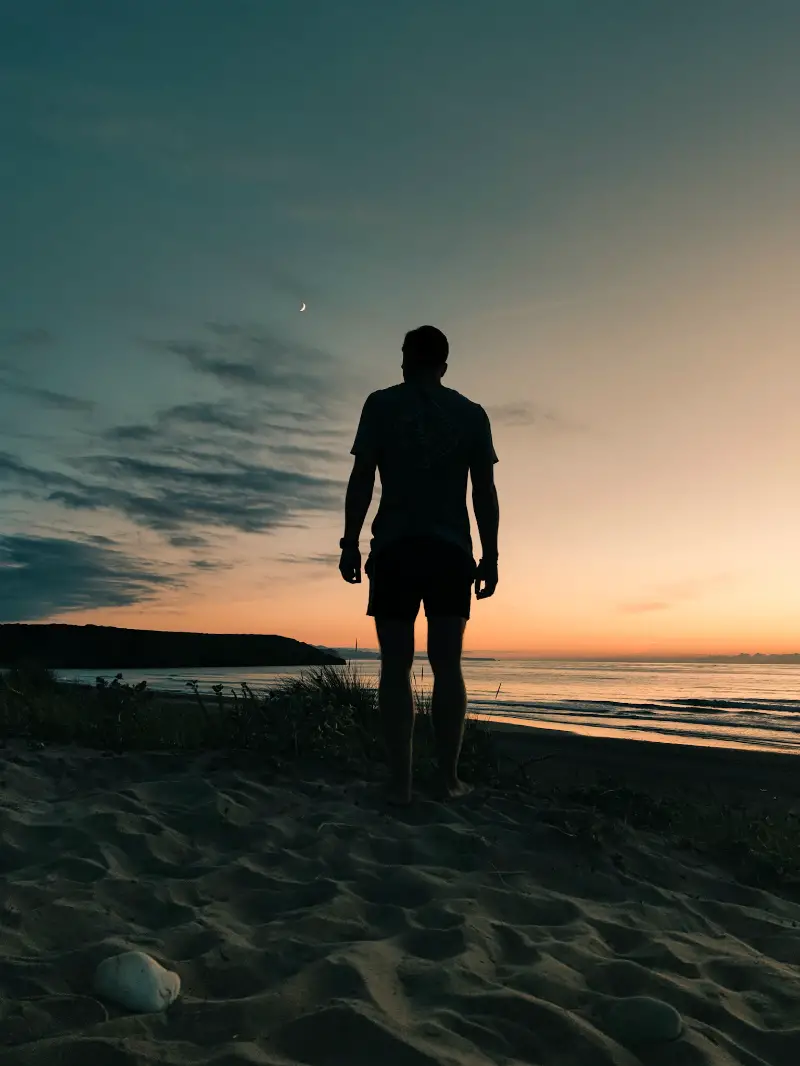
7-Day Travel Itinerary for Asturias
To take advantage of Asturias – a mix of experiences in the mountains, sea, villages and cities – you need at least seven days. And you might want to stay longer once you taste the gastronomic delights.
If you fly into Bilbao or come from France by car, start by spending a night on the eastern edge of Asturias in Llanes. The neighbouring coastline is full of little beaches and stunning cliffs – some of which include “bufones” or “gestures” where waves shoot up through the rocks like a fountain!
This area is also perfect for hiking, horse-riding and other activities. You also get to take advantage of the narrow streets of the Old Town of Llanes on foot. From there book into the Parador de Cangas de Onis or find another launching pad to take in some history and views of the Picos de Europa.
Cangas de Onis has an iconic humpback Roman footbridge but it’s the invaders who came after that who created much of the folklore of the area. About 1300 years ago the area was “reconquered” from the Moors under the leadership of Pelayo or Pelagius. His statue can be seen across Asturias.
Pelagius and his troops, depending on who you believe, either received sustenance in the Caves of Covadonga or were inspired by a statue of the Virgin there. The natural cave is now home to a church and shrine. And you’re not far from the Lagos de Covadonga that I mentioned before.
If you enjoy the mountains and the outdoors, the Picos de Europa National Park will show you some of the country’s biggest – including the famous Urriellu peak. Here you can spot the climbers on their way to the top looking like little ants in the middle of that 2300 foot wall.
Spend a day there trekking and checking out the miradors or take cable cars to enjoy the heights. Driving back to the coast, you should visit Ribadesella and go kayaking on the green waters of the Sella River. This is a summertime tradition and you will fall in love with the seaside villages.
Especially a place called Llastres which was the location of the Spanish television series Doctor Mateo. Get lost in the narrow streets that negotiate the hillside village and find fantastic seafood restaurants tucked into different vantage points overlooking the Cantabrico or the Bay of Biscay.
From there, head to Gijon, the biggest city of Asturias. It’s dominated by the two-kilometre long San Lorenzo beach. This beach is bordered by bars and restaurants. There’s also a promenade where visitors can watch the beach life and stunning tide transformations change throughout the day.
There are surfing schools for beginners or you can just chill in one of the quiet plazas in the old town, which is near old Roman Baths and narrow streets full of nightlife. Gijon is a great place to hang out for a few days.
Other must-visit cities in Asturias include Oviedo and Aviles. Both of which are close to Gijon. Oviedo is the cultural heart and capital of the Asturias province known for its fine architecture. Aviles, on the other hand, is a one-time industrial city that hides an alluring old town and cultural centre.
To end the trip, head west to Cabo de Penas and Cabo Vidio. These two places offer breathtaking views over the sea and are dominated by lighthouses. If you want to get back to fishing villages, try visiting Luarca and Puerto de Vega. The Asturias airport is close to Aviles and Gijon.
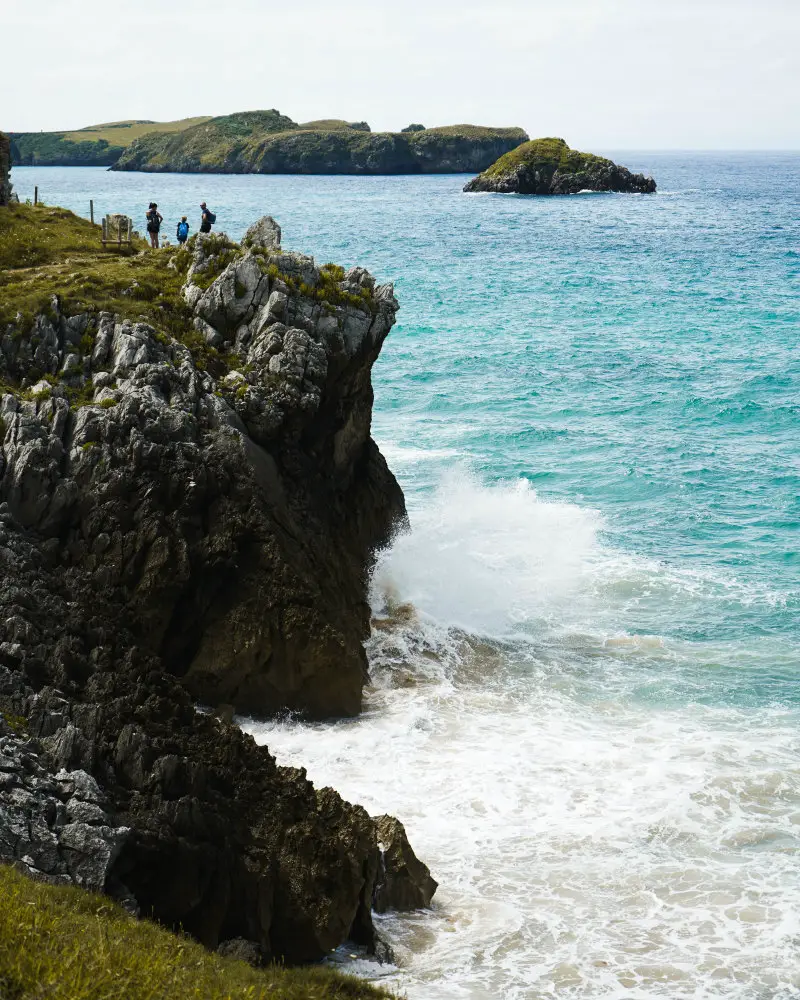
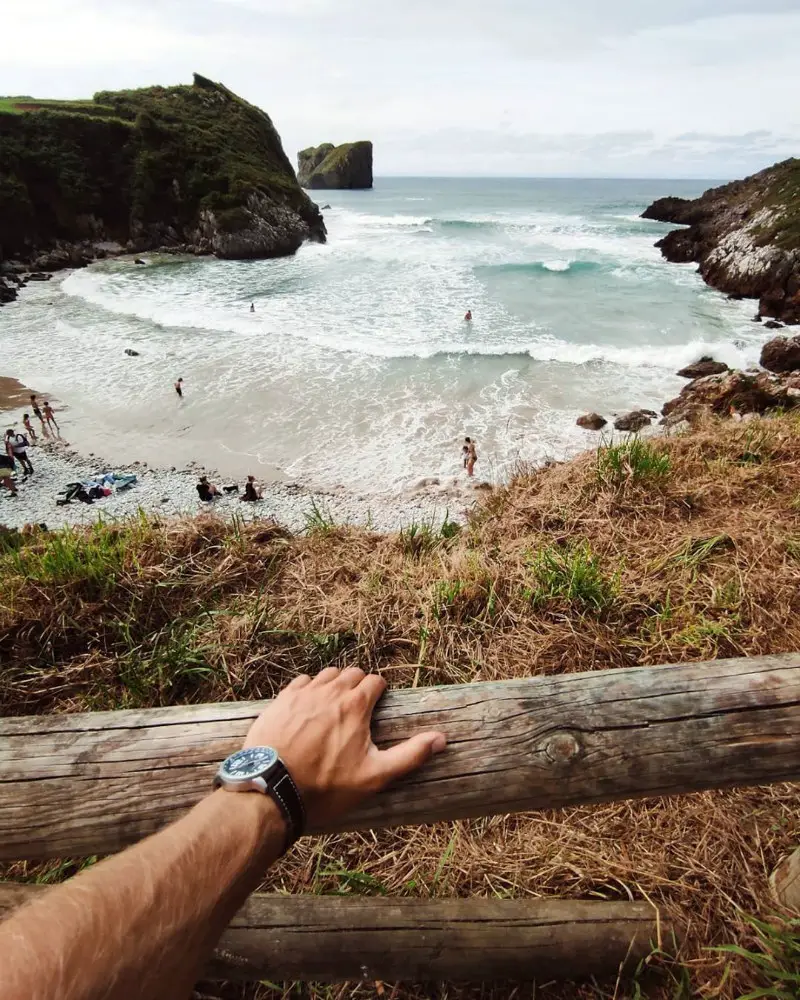
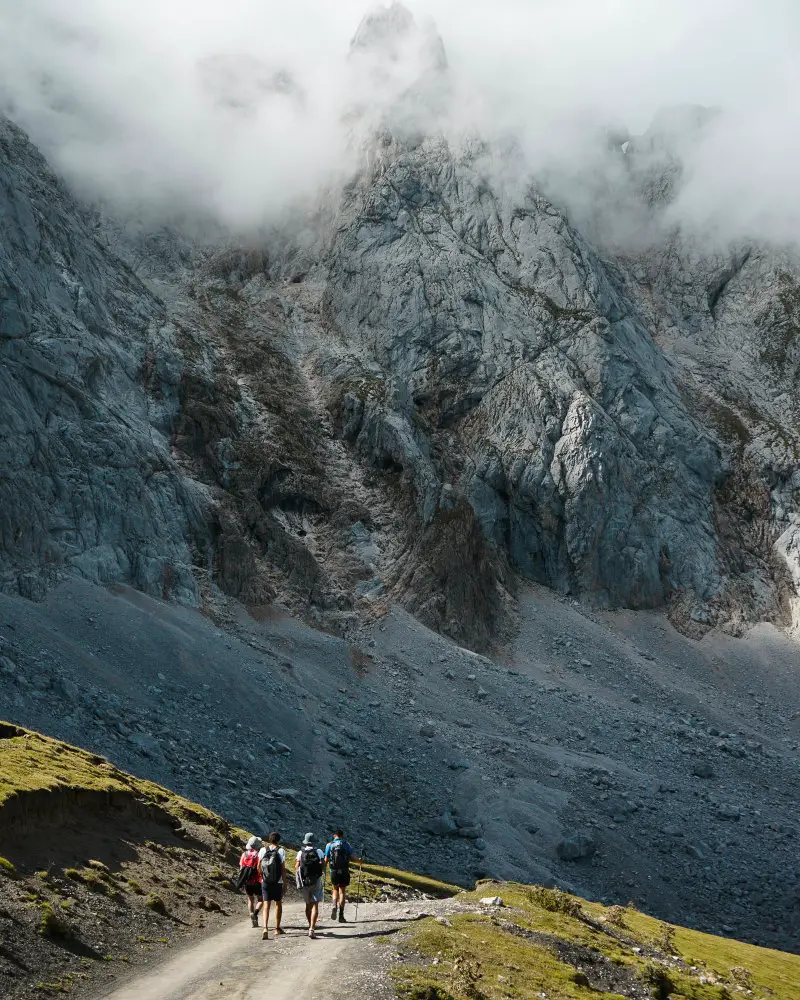
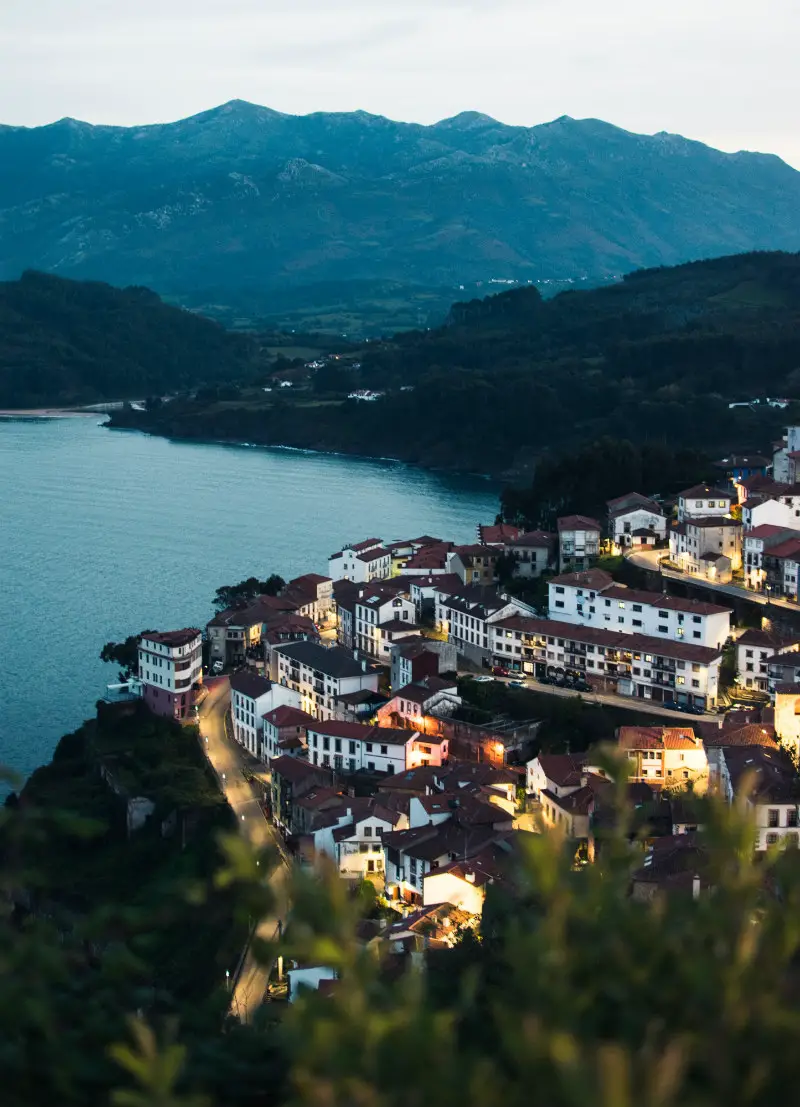
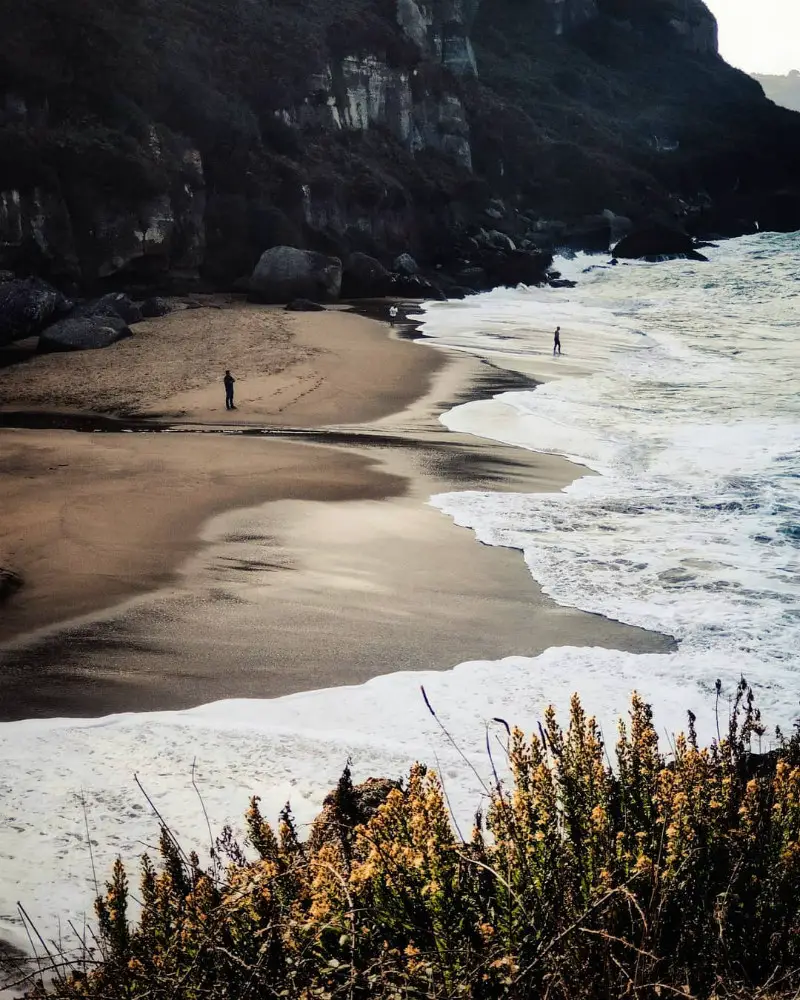
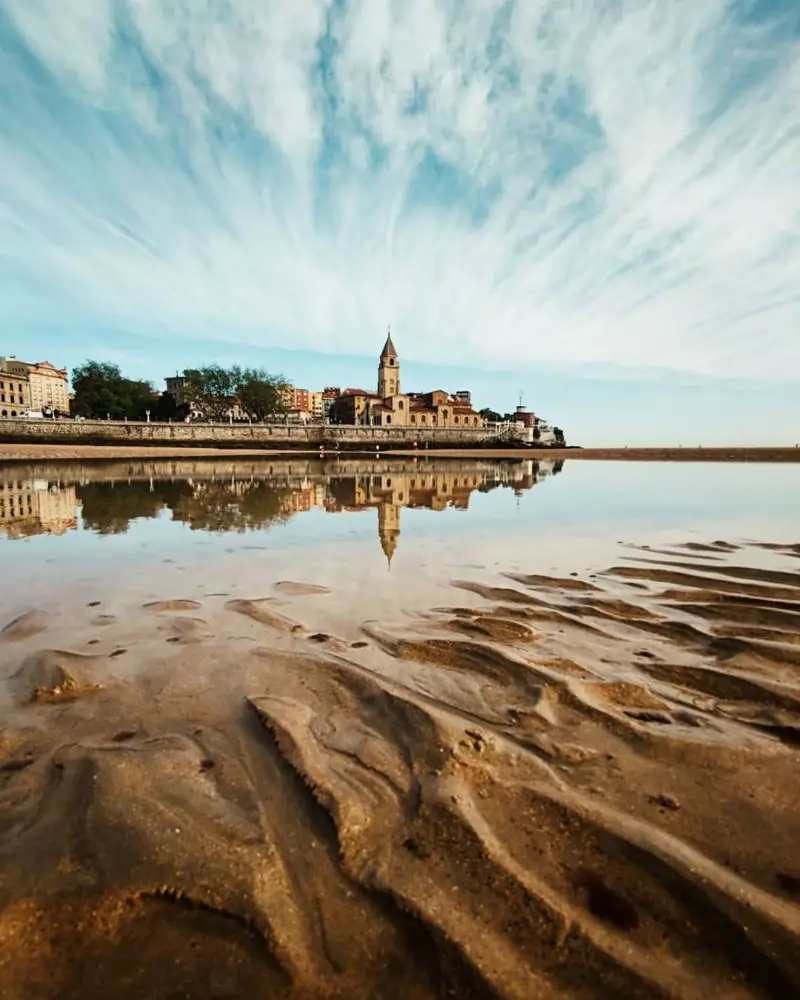
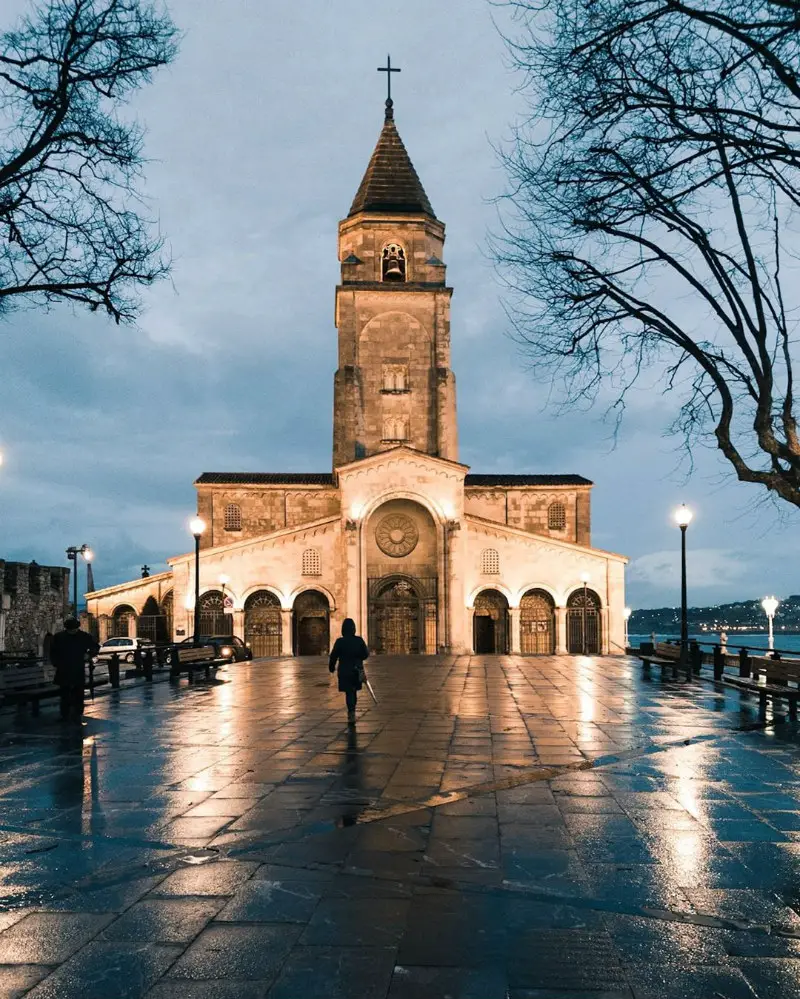
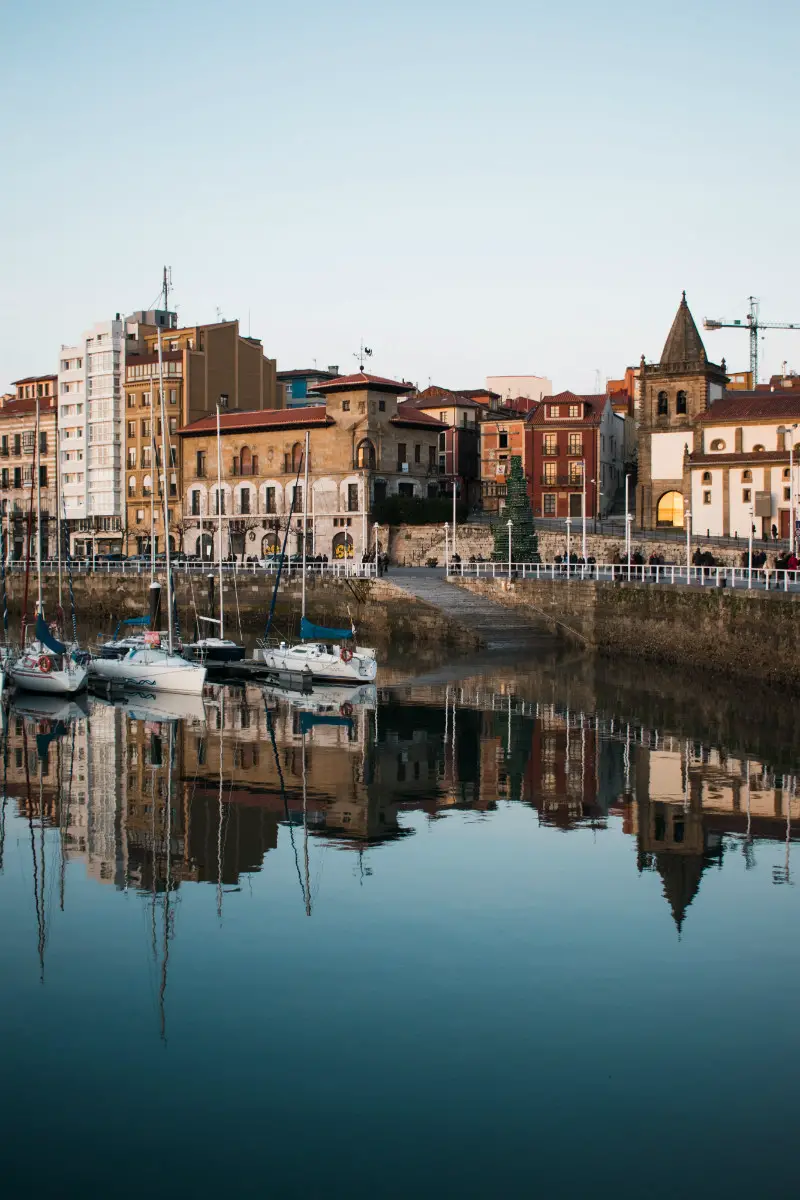
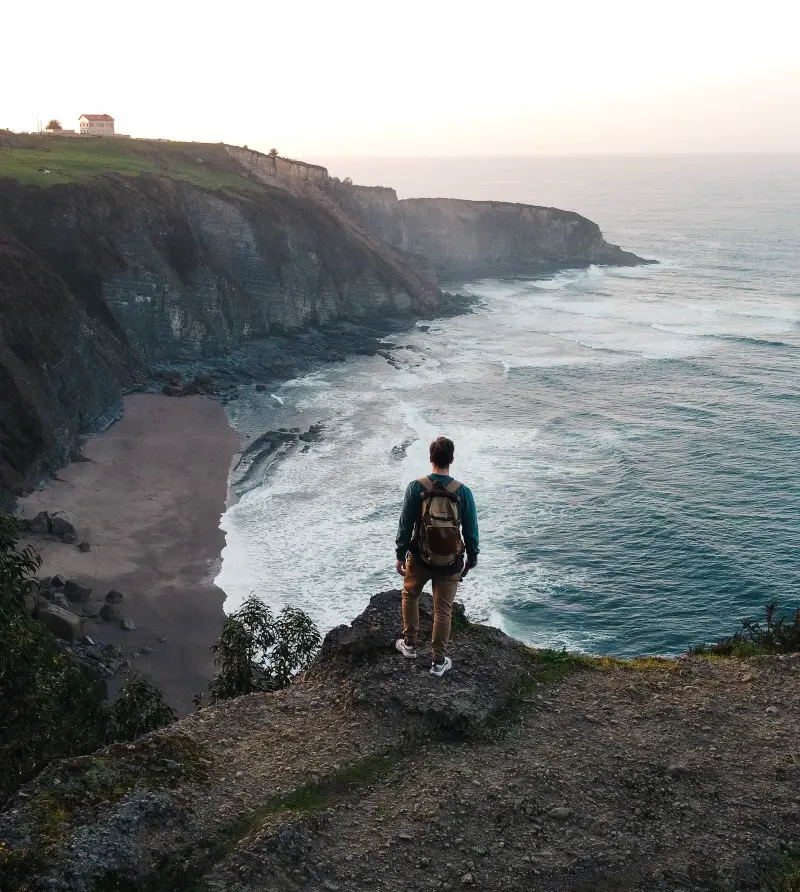
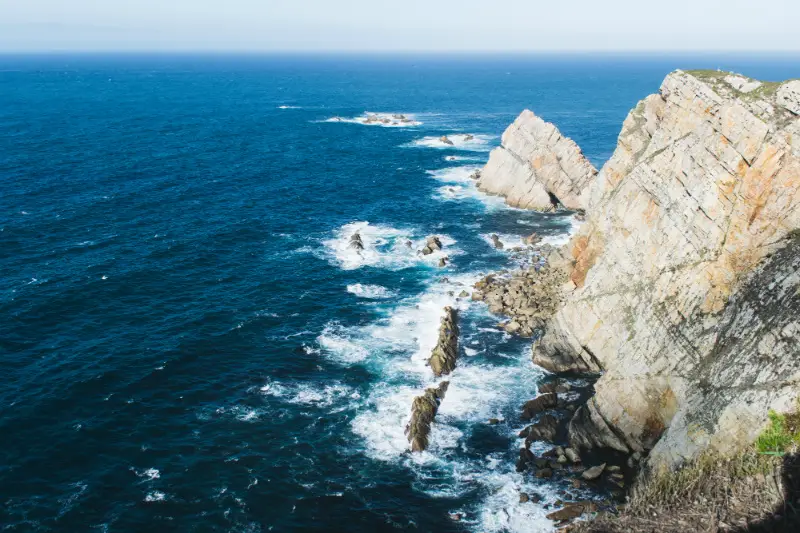
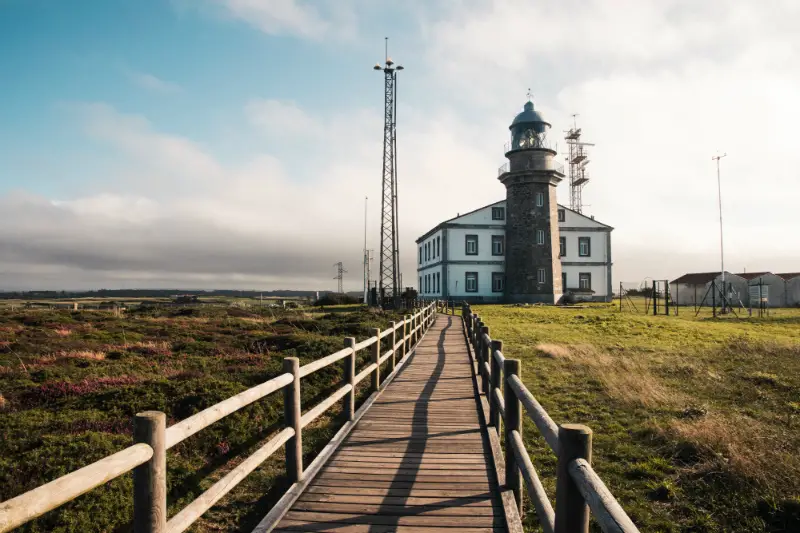
Incredible Food Scene of Northwest Spain
This is one of the best areas of Spain to enjoy eating! You can have any kind of food here but the fish and seafood will always make your day. Try the local pixin (monkfish). It’s the best-tasting ugly fish you’ll ever eat.
There are several high-end restaurants in Asturias and the traditional restaurants specialize in Fabada Asturiana (beans with chorizo) and Cachopo, the local steak/cheese/ham schnitzel or cordon bleu equivalent.
The best places are “sidrerias” (cider houses), another Asturian tradition. You can’t just pour the apple concoction into your glass – you must hold the bottle over your head and keep the glass tilted at your hip to catch it.
It’s worth a visit to a sidreria just to see the local camareros demonstrate this skill while you eat authentic Asturian food. And you better be hungry!
Best Accommodation Options in Asturias
There are plenty of options to stay here in Asturias depending on your style and budget – from high end paradors to Airbnbs. I would recommend spending some nights in a casa rural. These are traditional houses in a village or in the middle of nature that were turned into a guest house.
Houses such as these are perfect to chill at, meet the local people and immerse yourself in the culture of Asturias in the most authentic way.
In Gijon there is a wide range of accommodation but if you are looking for something different I would recommend North Surf House. This hostel offers the chance to practice some activities like yoga, pilates and of course, surfing. It’s the perfect place to relax during your visit to the city.
If you’re looking for something slightly more fancy then don’t miss Tierra del Agua. This eco-resort has an infinity pool, a little spa and a nice restaurant among other things. Tierra del Agua is situated in the middle of the mountains next to a natural park. You are going to love this place!
And if the budget isn’t a problem, there is an amazing place called Puebloastur. This five-star luxury resort is situated in the middle of the mountains and is probably the best in Asturias. To be honest, I haven’t been able to afford it but one day I will go! It looks incredible.
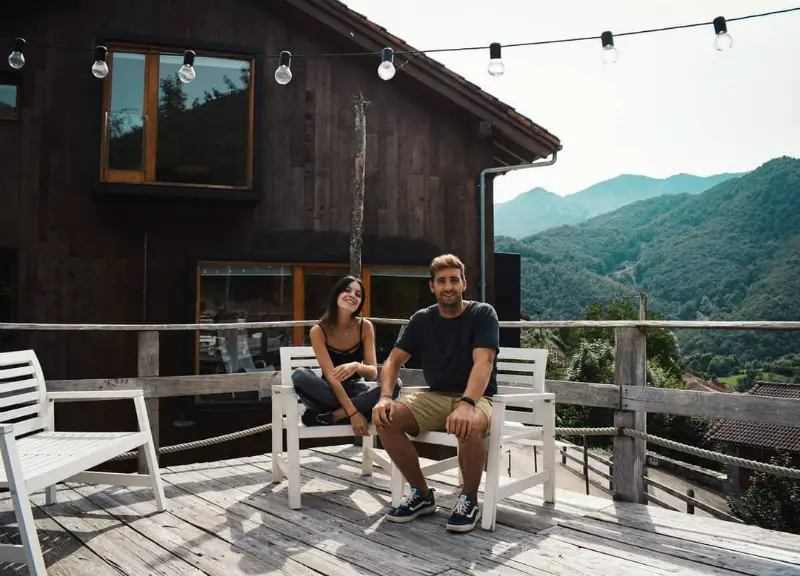
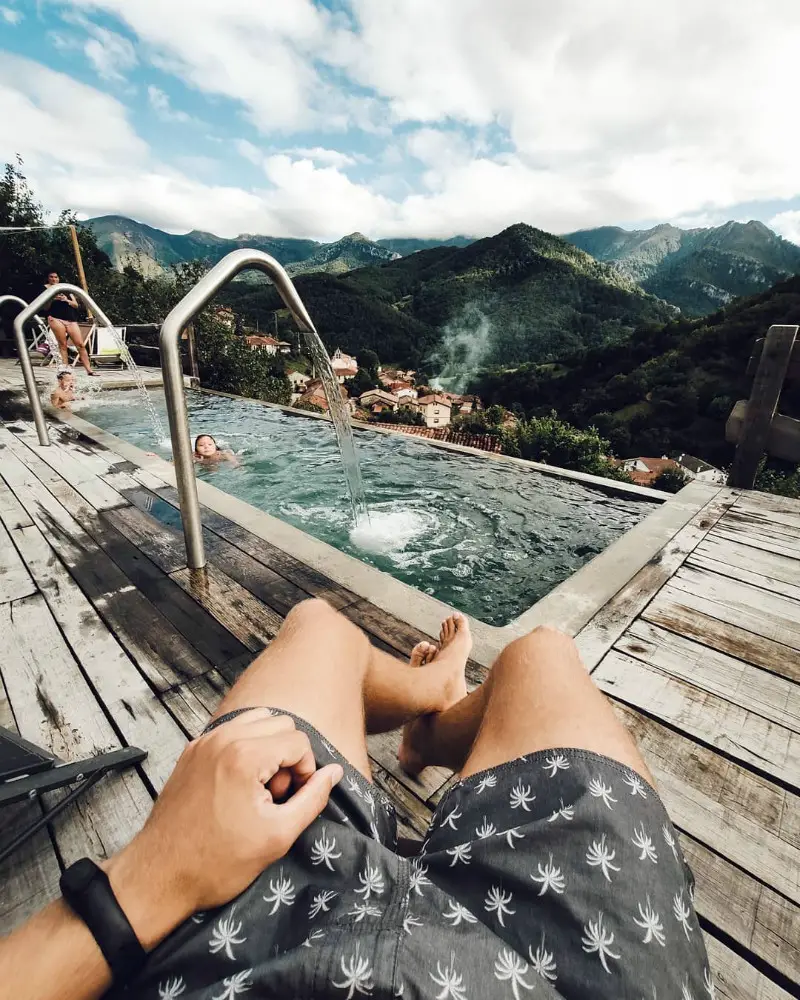
Favourite Experience: Lagos de Covadonga in Winter
Three years ago I went back to Lagos de Covadonga after a long time without visiting. It was winter and I couldn’t believe my eyes. The lakes were frozen and were surrounded by a beautiful snowy landscape with the last sun rays lighting the peaks of the mountains in the background.
In summer this place is crowded but at that moment I was almost the only one there. The mood was just perfect. I thought: “Wow, I should explore my own backyard more often.” At that time I was in the habit of travelling to far away countries. I realised that my own backyard had so much to offer.
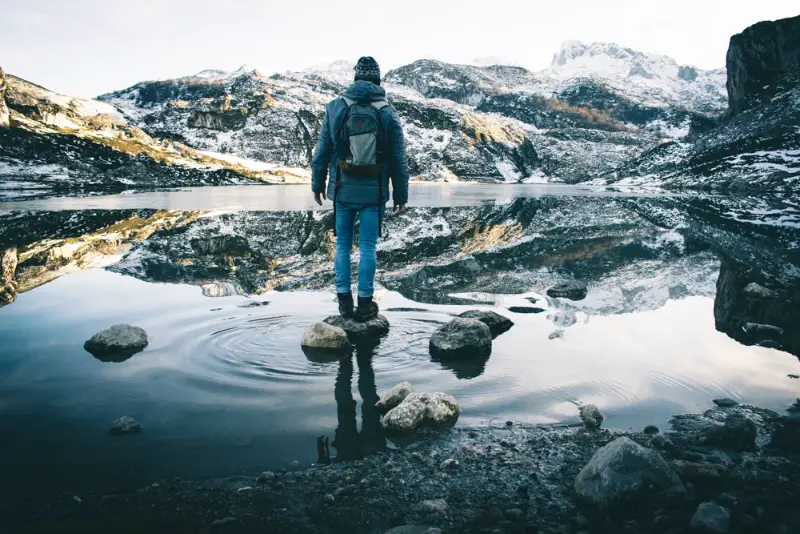
Key Tips for your Visit to Asturias
The weather can change in the blink of an eye in Asturias so bring a good raincoat, a light sweater for nighttime when it can get cold, and bring some comfortable shoes because you are going to walk and hike a lot.
Public transport is good and cheap between the cities but rent a car if you want to visit remote places in the mountains or explore the coast and all the beaches and villages that aren’t served by buses.
At the restaurants feel free to ask the waiters if you are ordering too much because they don’t like wasting food. You can get a bottle of sidra for €2 so make sure you pace yourself because the hangovers are memorable!
I also recommend learning some Spanish before visiting. English is not commonly known, especially in the villages. If you go on to learn a few words in Asturian then you will definitely win people’s hearts and affection.
My last piece of advice (which sounds contradictory) is to enjoy Asturias and not tell people! As I said, the charm is that it’s off the beaten track. The major highway across the north was only completed this century.
If you find a fantastic vista or a stunning location away from the masses, keep it to yourself. By doing this, travellers are always going to be welcome here. Everyone has the right to visit paradise at least once!
